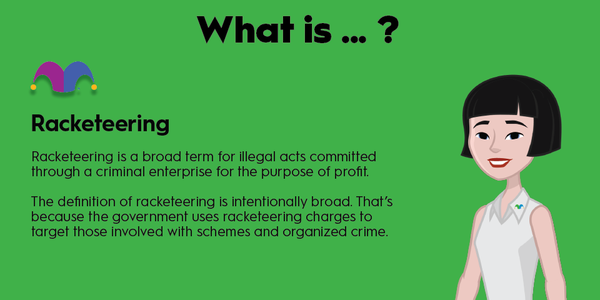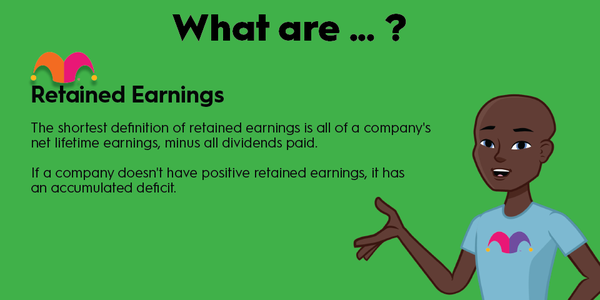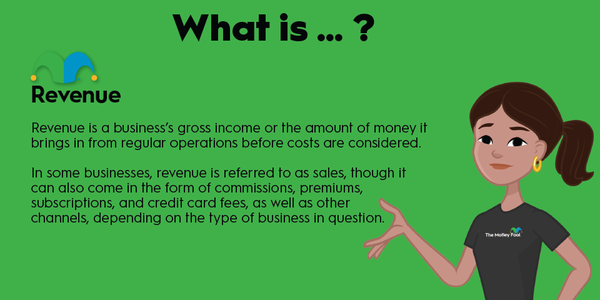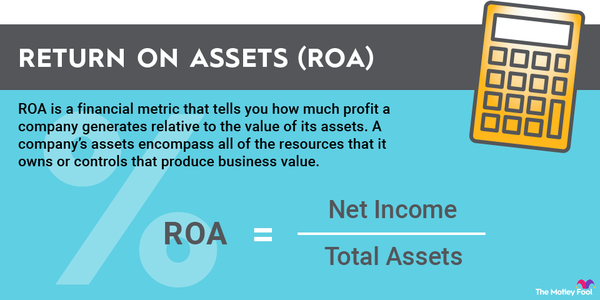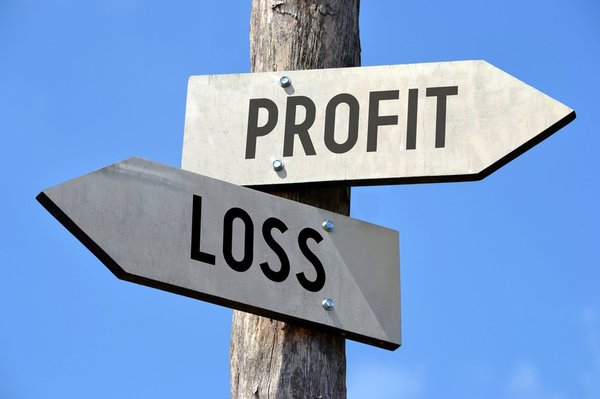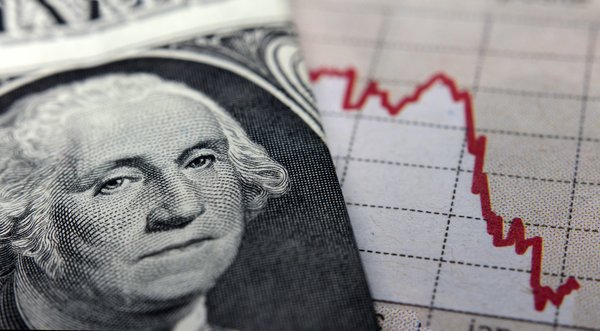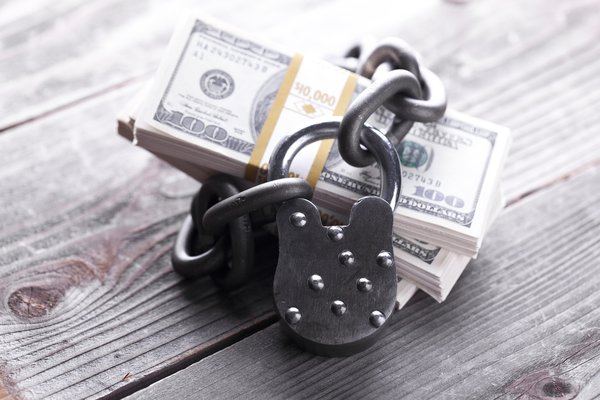The Rule of 72 is a quick and easy way to figure out how long it will take for an investment to double in value. It's not a precise rule of thumb, but it will get you close to the answer, and the math can be done by most people in their heads.

The Rule of 72
What Is the Rule of 72?
Investors can approach the Rule of 72 in one of two ways. You can start with either your target time period or your expected rate of return.
Let's say that you start with the time frame in mind, hoping an investment will double in value over the next 10 years. Applying the Rule of 72, you simply divide 72 by 10. This says the investment will need to go up 7.2% annually to double in 10 years.
You could also start with your expected rate of return in mind. Perhaps you expect a stock to go up in value by 15% annually. Dividing 72 by 15 gives us 4.8 -- this is how many years it will take for the stock to double, according to the Rule of 72.
Why it matters
Why the Rule of 72 matters
The Rule of 72 isn't intrinsically important, but the concept of compound interest, or compound returns, is. Albert Einstein reputedly called it "the most powerful force in the universe." The Rule of 72 is simply a mental shortcut that helps investors easily understand and apply this powerful force.
To further underscore the importance of compound returns, consider Warren Buffett. When he was around 30 years old, he became a millionaire. And when he was 56 years old, he became a billionaire.
In other words, it took Buffett about 26 years to accrue 99% of his first $1 billion. But thanks to compounding returns, his net worth soared to around $44 billion over the subsequent 26 years. As of this writing, his net worth is $121 billion, according to Bloomberg, just 11 years after being worth $44 billion.
As author Morgan Housel writes in his book The Psychology of Money: "[Buffett's] skill is investing, but his secret is time. That's how compounding works."
How it can help
How the Rule of 72 can help prioritize financial decisions
The Rule of 72 facilitates understanding regarding compound returns. And this knowledge allows you to take appropriate action in your personal financial journey.
For example, consider that the stock market goes up about 10% annually on average. Let's say that you invest your retirement money solely in an index fund for the S&P 500 and plan to retire 30 years from now. Using the Rule of 72, you would see that your investments should double roughly every 7.2 years (72 divided by 10). This allows the investments that you make this year to double four times before retirement (30 divided by 7.2).
In the above scenario, every $1,000 you invest today represents around $16,000 by retirement, based on historical averages. This knowledge might cause you to reevaluate your current financial priorities.
A proper understanding of how returns compound over time can also keep investors from taking on unnecessary risk. Anyone would love to earn 50%, 75%, or 100% in compound annual returns. But any strategy that promises returns like these is likely too good to be true. And investors simply don't need returns this high to achieve their financial goals when time is on their side.
Simply put, even modest annual gains can add up to surprising sums when given enough time. And the Rule of 72 helps investors quickly grasp the concept.
Related investing topics
Example
Using the Rule of 72 to guide investment decisions
I'll use Domino's Pizza (DPZ 2.1%) stock as an example of how to use the Rule of 72 to guide investment decisions. In the first half of 2023, the company grew its net income by about 10% from the comparable period of 2022. Over the last few years, management has repurchased about 2% to 3% of outstanding shares annually. And it pays a dividend that has about a 1% yield.
For the sake of simplicity, let's assume that Domino's can keep these trends going. Under these assumptions, investors can expect around a 14% total shareholder return annually (earnings growth + share repurchases + dividends).
The Rule of 72 says it will take a little more than five years for an investment in Domino's to double in value (72 divided by 14). This is far better than average stock market returns. On the surface, 14% annual returns might sound pedestrian. But the Rule of 72 shows that these returns are actually quite good over a long period of time. And it could motivate an investor to buy Domino's stock.
Of course, this is just for illustrative purposes. More would go into building an investment thesis for Domino's Pizza. But using the Rule of 72 in quick exercises like this can help filter out lower-quality ideas, leaving full attention for further digging into more promising ideas like Domino's when deciding whether or not it's actually a stock you want to add to your investment portfolio.


